
For centuries, sailors, squires, and treasure hunters have dreamed about finding the untold riches of silver, gold, and jewels that sank with the World’s most valuable shipwreck. But, when eyes were finally laid upon the “Holy Grail” of shipwrecks – the Spanish galleon San José, which capsized off the Colombian coast in 1708 – they were not human eyes.
This doomed vessel was discovered back in 2015, after more than three centuries lying at the bottom of the Caribbean Sea and, this week, for the first time, researchers have revealed how they made their famous find.
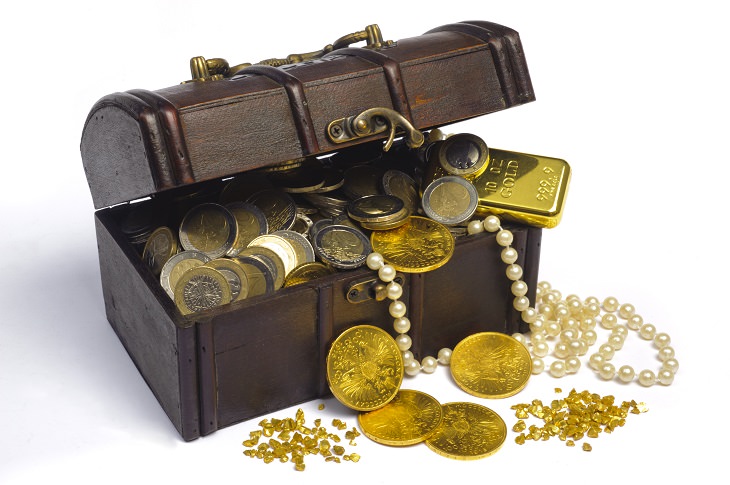
Marine scientists from the Woods Hole Oceanographic Institution (WHOI) in Massachusetts say that that ship – whose sunken riches are estimated to be worth around $17 billion – was discovered by an autonomous underwater vehicle called Remus 6000, during a survey off Colombia’s Barú Peninsula.
Rob Munier, WHOI’s vice president for marine facilities and operations, said that “we’ve been holding this under wraps out of respect for the Colombian government.” But, why the need for such secrecy? Usually, general explanations of the technology involved in the discovery of long-lost shipwrecks like this don’t take three years to come to the fore.
However, the San José is no ordinary case, due to the staggering level of riches that was estimated to have sunk with it. When the Spanish vessel sank in battle with a British squadron in 1708, it wasn’t just full of treasure: the 60-gun galleon was also armed with a large arsenal of gunpowder, which was detonated in the fray, killing almost everyone on board.
A couple of centuries later, in the 1980s, a consortium called “Sea Search Armada” (SSA) claimed to have found the wreck, but Colombia refused to grant them permission to salvage the San José, and they have, for decades, legally contested the company’s rights to any of the treasure, since it’s in Colombian waters.
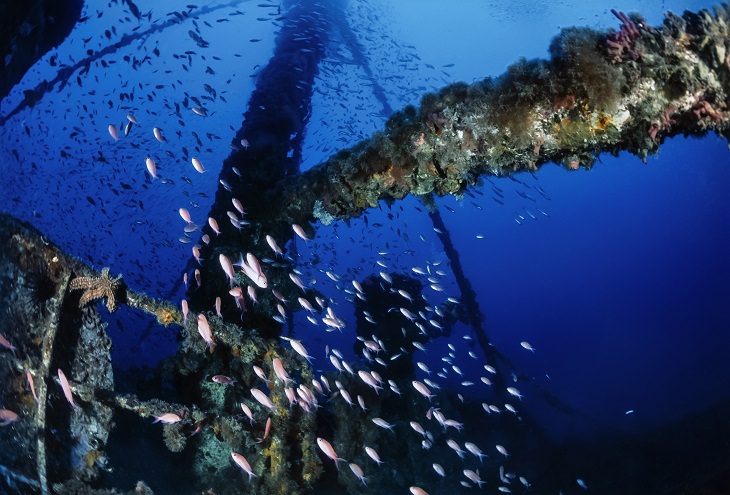
However, Spain might also now want its share of the spoils since the San José was flying under the Spanish flag when it sank. Many contend that since much of the wealth aboard the ship resulted from the conquest of the Americas, it ought not leave Colombia, while others suggest that other nations might still be entitled to a share of the treasure, based on historical arguments that a lot of Spanish cargo in the late 17th century rightfully belonged to England, France, or Holland.
With these potential disputes in mind, the United Nations asked Colombia not to commercially exploit the discovered wreck and the cultural heritage it represents. So far, the Colombian government has kept the exact location a secret – not clarifying whether it’s the same site that SSA claimed decades ago – but they have said that the wreck has not been looted, meaning the full cargo is expected to be recoverable.
In terms of new details of the vessel’s discovery, WHOI – which acts in collaboration with the Colombian government, in addition to other parties – says the wreck was located more than 600 meters (around 2,000 feet) deep, in an area that the REMUS 6000 began surveying in June 2015.
Mike Purcell, the WHOI expedition leader, explains that “during a November expedition, we got the first indications of the find from side scan sonar images of the wreck. From those images, we could see strong sonar signal returns, so we sent REMUS back down for a closer look to collect camera images.
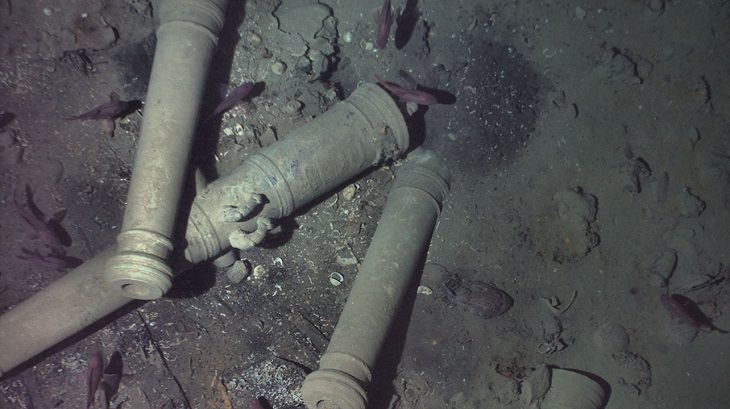
Photographs that were taken just 9 meters (30 feet) above the wreck captured the vessel’s cannons, and later dives uncovered details such as engraved dolphins carved into the cannons’ bronze, in addition to scattered teacups, ceramics, and other artifacts on the seabed.
“The wreck was partially sediment-covered, but with the camera images from the lower altitude missions, we were able to see new details in the wreckage and the resolution was good enough to make out the decorative carving on the canons,” said Purcell.
At the moment, there’s no official word on when or how these items will be recovered, but with all the violence and intrigue in the galleon’s pasts, we’re guessing that this tale of long-lost plunder is far from over.
Source: sciencealert
Images: depositphotos
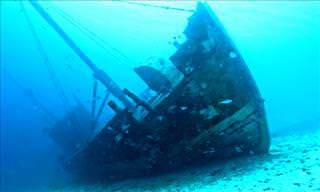
These Shipwrecks Are the Most Valuable Ever Discovered
The most valuable shipwrecks ever discovered have been valued at hundreds of millions of dollars. Discover them and find out how much they're worth.
 5:18
5:18
The Fascinating Science of False Memories
Find out why our own memories are susceptible to false information and why they can't be trusted.
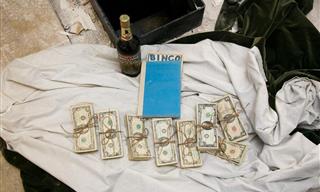
8 Shocking Items Unearthed During a Home Renovation
If you’re planning a home renovation, be prepared for the unexpected, as you may dig up some pretty surprising things, like the people in these 8 cool stories

Test Yourself: Would You Survive in the Wild West?
This test will help you decide whether you've got the skills and knowledge necessary to survive in the Wild West.
 12:14
12:14
Did You Know That Once Upon a Time Antarctica Was Green?
Watch this video to explore Antarctica’s little-known and green past.
 13:35
13:35
This Ship Could Have Changed The World… But Didn’t
The N.S. Savannah was one of America’s historic merchant ships that promised to change the world. What happened to it?

Ponder Life's Big Questions with a Truly Brilliant Mind
Dr. Michio Kaku is known around the world for his brain power and ability to explain complex concepts with effortless ease. Here are his thoughts.

7 Weird Facts About the Human Voice That Will Surprise You
We bet you didn’t know these peculiar facts about the human voice.
 15:41
15:41
Keep Your Home Safe with These Handy Gadgets
These 13 devices will transform your home security.

10 Unanswered Mysteries You've Always Wondered About!
You might not have thought about the most curious cases of the bizarre things that we encounter every day.
 4:57
4:57
The First 3D-Printed Hotel is Already Being Built!
s evidence of this, a groundbreaking project is nearing completion, in which a hotel is being printed, and tourists will soon be able to visit it. Curious to see what it looks like?
 4:45
4:45
Woah! Learning to Play Music Has This Effect on Your Brain
Learning how to play an instrument can do wonders for our brain...here's how!
 5:16
5:16
Fascinating: How Fast Does Our Brain Operate?
Ever wonder at what speeds our thoughts move?
 1:08
1:08
Boston Dynamics New Robot Can Move Almost Like a Human
Watch the latest in robotics in this video.
 1:48
1:48
Boston Dynamic's Robot Does Some Incredible Things...
Boston Dynamics shows us again what her lead robot can do.

The Difference Between Mined and Lab-Created Diamonds
If you're seriously considering buying a loved one a diamond, then we highly recommend that you read this informative guide first!
 50:02
50:02
Take a Trip Through the Universe and Witness its Beauty
Since its launch, the Hubble Telescope returned images of unprecedented beauty of a dynamic and changing universe. Take a look!
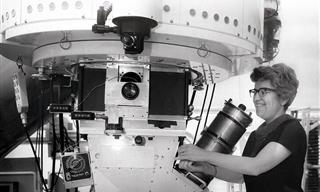
7 Overlooked Scientists Who Should Be Household Names
Meet seven scientists who never got the credit they deserved.
 5:08
5:08
Erecting a Behemoth: Installation of an Offshore Oilrig
How do they install an offshore oilrig? This video will show you, step by step, how it is done.
 9:15
9:15
These Bizarre Mysteries Continue to Stump Scientists!
The world of science hasn't been able to explain several bizarre phenomenon yet. Let's take a look at a few of them.
 5:06
5:06
The Only Manmade Object That Will Last Forever
This copper discus contains 116 images we launched into space for aliens to see
 4:57
4:57
Mjøstårnet - The World’s First Wooden Skyscraper
Mjøstårnet is an 18 story tall skyscraper towering over the Norwegian countryside. What makes it so special is that it's made entirely out of wood...
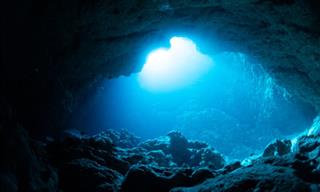
Study: Biggest Ocean in the World is.. Underground?
A groundbreaking discovery by researchers reveals an enormous water reservoir deep beneath the Earth's surface.
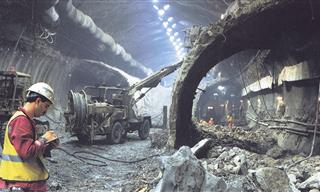 9:31
9:31
The Channel Tunnel - The 7th Wonder of the Modern World!
The construction of the Channel Tunnel is said to be an impossible feat!

Science Breakthrough: An Immunization Against Skin Cancer?
This scientific breakthrough offers hope for those who are struggling with skin cancer. You are now invited to discover more about this revolutionary vaccine.

Study: New Link Found Between Parkinson's and the Gut
A recent study has identified gut microbes likely involved and linked them to decreased riboflavin (vitamin B2) and biotin (vitamin B7), suggesting a potential treatment
 16:26
16:26
Neanderthals Had Strength and Skills Beyond Our Limits
Neanderthals possessed truly exceptional, almost unbelievable, traits.

2024's Biggest Breakthroughs in Science We Must Celebrate
These recent scientific breakthroughs could change the world.
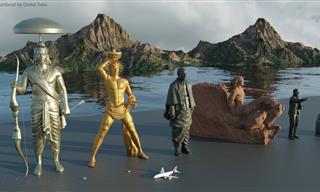 8:12
8:12
The Tallest Statues Compared, Even Those Not Built Yet...
In this 3D animated size comparison, we showcase the tallest statues in the world alongside ambitious future projects.

8 Jaw-Dropping Black Hole Facts to Warp Your Mind
These black hole facts will bend your mind!
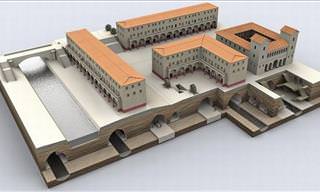
Six Inventions Da-Vinci Made Ahead of Their Time
He created and envisioned many inventions that were sometimes even centuries ahead of their time. Was there ever a genius as great as Da-Vinci?

7 Mind Blowing Science Facts School Left Out
Put on your learning caps! We rounded up 7 surprising scientific facts you probably didn't learn at school.
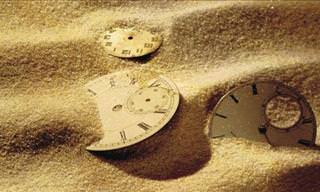
These Theories About Reality & the Universe Will Stun You
You will be shocked to discover these 10 surprising theories of the universe and reality.

Learn Chemistry Easily with This Interactive Periodic Table
This interactive table of elements has video lectures about every element, including experiments

New Study: Are Dogs Even More Intelligent than We Thought?
New study sheds more light on canine intelligence, making some fascinating discoveries.
 2:52
2:52
New Robots: This Robot Uses Both Wheels AND Legs
This robot can get just about anywhere in little time because it uses both wheels and legs to get over most hurdles.
 6:25
6:25
Do You Like the Smell of Rain? This Is Why
One of the best things about rain and thunderstorms is that clean fresh smell afterward. But what actually causes that distinct scent?

These Photos Show How Dependent We are On Smartphones
Technology has taken over and these funny (but true) photos help to drive this fact home.
 15:07
15:07
Amazing New Scientific Discoveries You Missed in 2024
There have been so many interesting scientific discoveries this year that we have missed!

Do You Have One Of These RARE Genetic Traits?
How unique are you? You might have several rare genetic traits that make you unlike most of the world's population!

Has Modern Technology Changed Our Cognitive Abilities?
Modern digital technology is everywhere and it’s changing how we think, how we behave and even how we feel about things.

Nobody Believed These 5 Scientists, But They Were Right
These 5 scientists were shamed and ousted, or rudely ignored, although years later, their "crazy" theories turned out to be true...
 14:34
14:34
What to Do (and Avoid) When Setting Up a Smart Home
Here's how you can set up a family-friendly smart home that will last long.
 12:34
12:34
The World You See Doesn't Really Exist...
his video reveals how your brain constructs reality instead of simply perceiving it.
 8:46
8:46
Science: What is Reality? Dive in and Find Out!
What if everything you see, feel, and experience isn’t real? The simulation argument suggests that our reality might be nothing more than an advanced computer program.
 20:04
20:04
Emotions Explained: The Science Behind How We Feel
Neuroscientist and psychologist Dr. Richard J. Davidson answers some fascinating questions about emotions you would never expect.

8 Fascinating Heartbeat Facts You Never Knew Before
These heartbeat facts will leave you astounded.
To enable your Ad-Free Subscription, please fill the fields below
Your subscription was successful, now you can enjoy an ad-free experience!!
Note: To make sure you get no ads, please make sure to log in to your account. If you are logged in already, then refresh the page. The subscription can be cancelled at any time.


